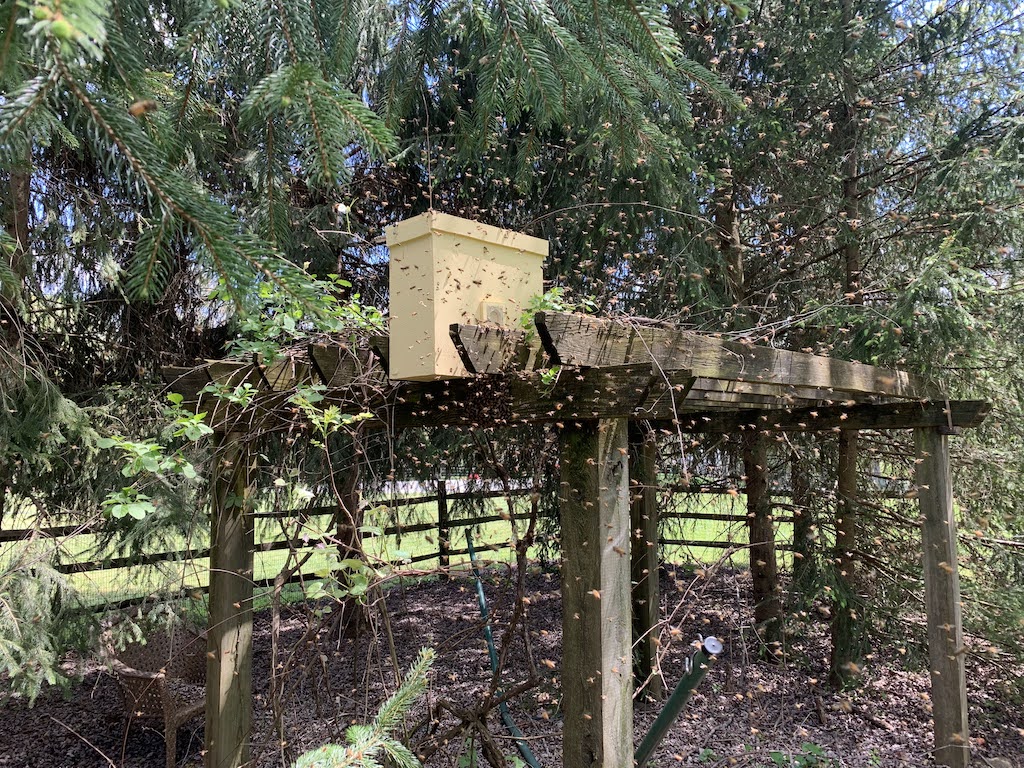Today’s letter V is for Venation. Venation is an arrangement or system of veins, such as in leaves or insect wings. This is heavily used for species identification, as the wing patterns of different species are rather distinctive. The University of Florida has a great article
Today’s letter V is for Venation. Venation is an arrangement or system of veins, such as in leaves or insect wings. This is heavily used for species identification, as the wing patterns of different species are rather distinctive. The University of Florida has a great article on the Halictidae family of bees that includes close-up images of wing venation.
Continue reading